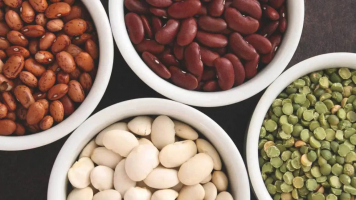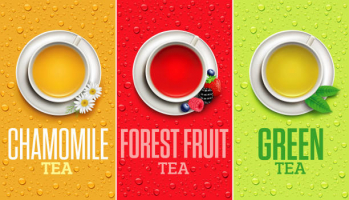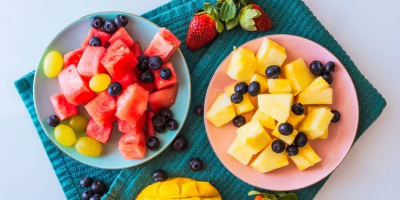Top 10 Best Native Japanese Fruits That You Should Try
The fantastic fruits are indispensable in many mouthwatering Japanese foods. The excellent Japanese fruits are popular options for tourists to experience when ... read more...they step into this gorgeous country. The diversity in the cultivars of fruit in Japan creates advantages for attracting tourists. Below is a list of the best native Japanese fruits that you should try, let's find out!
-
Amaou is a special type of strawberry which is grown in the Fukuoka prefecture of Japan. It is available during winter through spring in Japan. They are a large variety of strawberries which are averagely 6-8 cm in diameter. It has a bright red color, and pointy seeds, and tastes very sweet with a mildly acidic flavor. The words amai (sweet), marui (round), okii (large), and umai make up the term amaou (tasty). The Amaou strawberry was developed over the course of nearly six years, beginning with its initial planting in 2002. The king of strawberries is now in power.
It can be used for many different things, such as garnishing drinks, desserts, ice cream, salads, and fruit bowls. Additionally, it goes well with chocolate, caramel, vanilla, etc. Even a limited-edition Kit Kat bar has it. The strawberry from Amaou is frequently given as a present at events like weddings, anniversaries, and birthdays. And it's definitely not a cheap present. The price of a single strawberry can reach 1200 Yen ($10).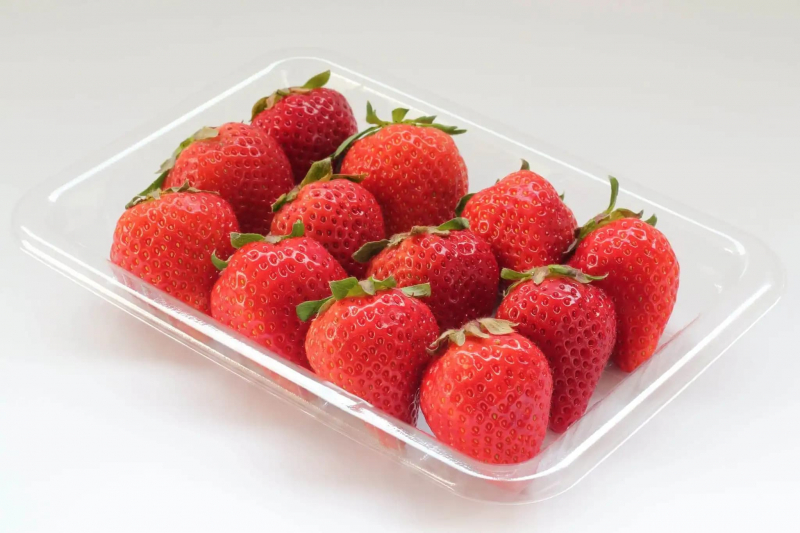
Bokksu 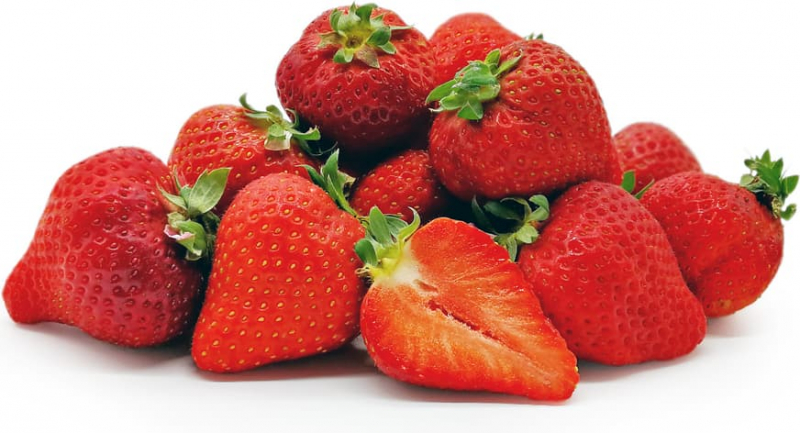
Specialty Produce -
Momo or Japanese peach is a larger variety of peach that is produced in Yamanashi, Fubushika, and Nagano. Peaches were first employed as religious ritual objects in addition to being consumed as fruits. It has been discovered with several religious practices, such as ikuji (amulets consisting of spearhead-shaped slivers of wood). From the Heian to the Kamakura periods, it was frequently employed for ornamental or therapeutic uses. Momo has also been mentioned in myths. "Momotaro" sticks out as one in particular (Peach Boy). A young boy is born to an elderly couple from a large peach in the narrative. He then engages an oni in battle.
The typical peach season runs from July to September. Most peaches are consumed raw, without the seed. In addition to being topped with ice cream or yogurt, it is also used as a jelly and cake decoration. Additionally, it is utilized in jelly, anmitsu, ice-cream shavings, and dumplings (a dessert made with agar jelly and different fruits or green tea, ice creams, etc).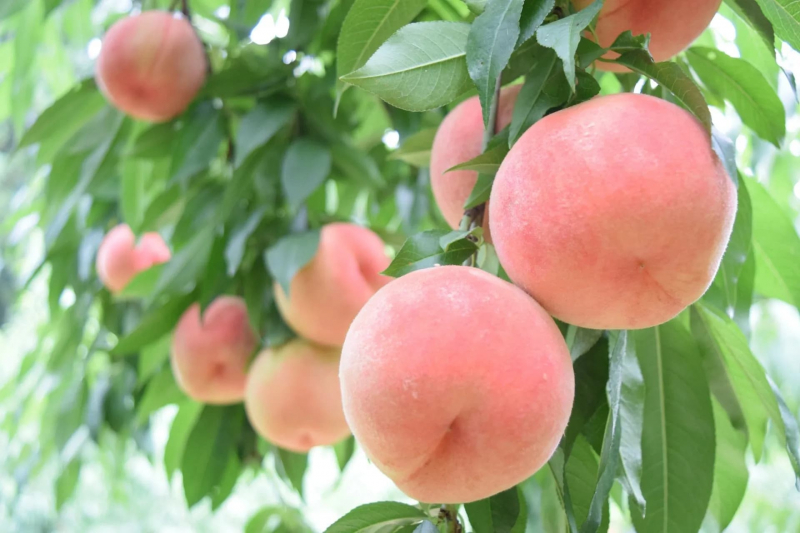
Japan Experience 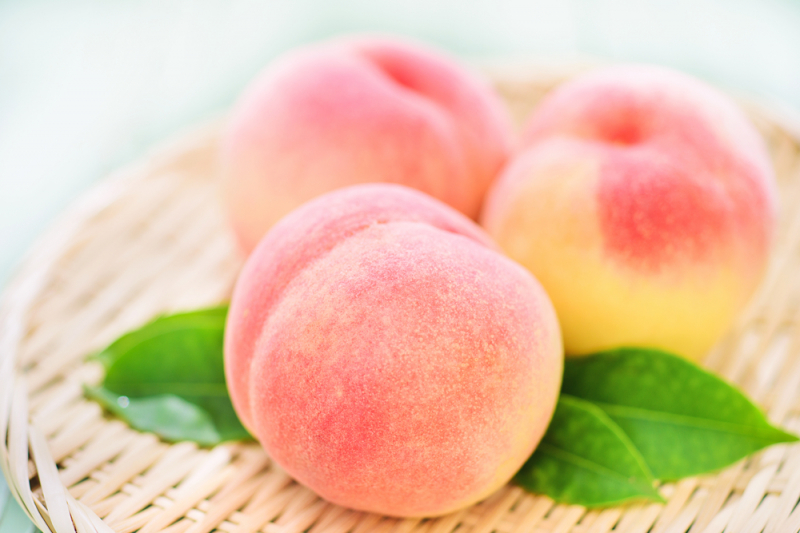
Ben's Independent Grocer -
Yuzu is a citrus fruit and plant in the family Rutaceae of East Asian origin. It is usually available in winter. It is very rare and is only produced 27000 tons a year, mostly produced at Kochi prefecture. This fruit's color varies depending on how ripe it is, but it resembles a little grapefruit with uneven skin and a yellow or green hue. Although they can be as huge as a standard grapefruit, yuzu fruits typically have a diameter between 5.5 and 7.5 cm and are incredibly scented.
Yuzu forms an upright shrub or small tree, which commonly has many large thorns. Leaves are notable for a large, leaf-like petiole, resembling those of the related kaffir lime and ichang papeda, and are heavily scented. Many characteristics of yuzu are similar to those of sudachi, but unlike sudachi, yuzu finally ripens to an orange color and the flavors of the fruit change just slightly from one another.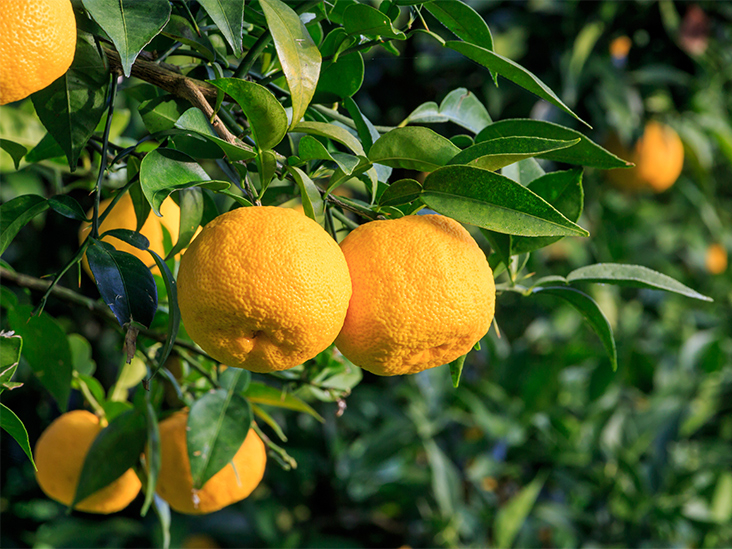
Healthline 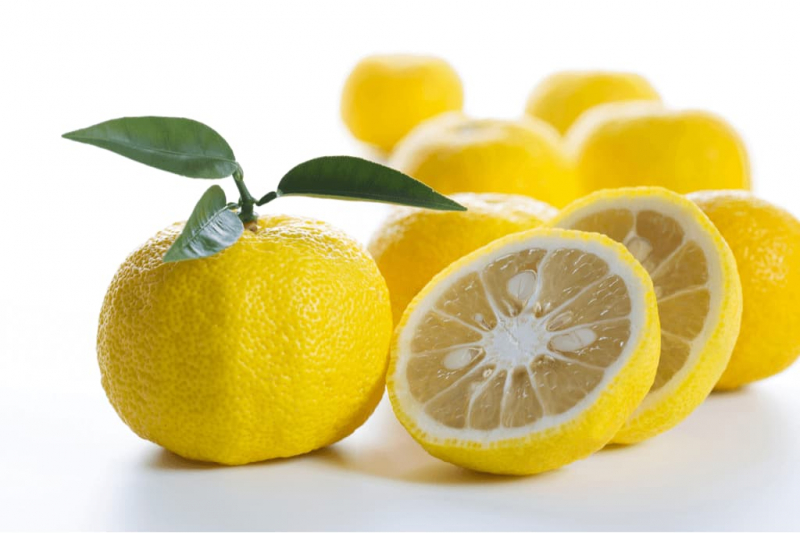
TokyoTreat -
The word Ume translates into plum. But it is more like an apricot. An ume tree, when in its flowering state, has beautiful pink flowers all over the tree. Small, with a diameter of 2 to 3 centimeters on average, ume plums have a round to oval form with a distinct suture line running from the stem cavity to the fruit's pointed tip at the base. When the skin is young, it is smooth, firm, and bright green color. As the skin ages, however, the surface becomes slightly fuzzy and matte, turning yellow with a flush of peach color.
Ume plums have a solid, dry, and crunchy exterior but are light green to yellow on the inside. When small, the plums are inedible and sour, and if eaten, they are known to cause indigestion. Mature plums are edible but unpleasant. Ume is usually not eaten raw. It is pickled and made into umeboshi. Umeboshi can be eaten with bento (lunch box) or onigiri or just plain rice. Another dish with umeboshi is ume chazuke, a dish of rice poured in green tea topped with umeboshi.
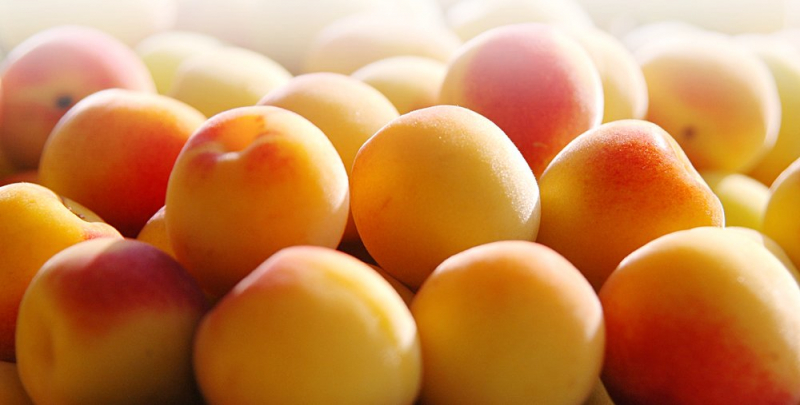
Nakata Foods 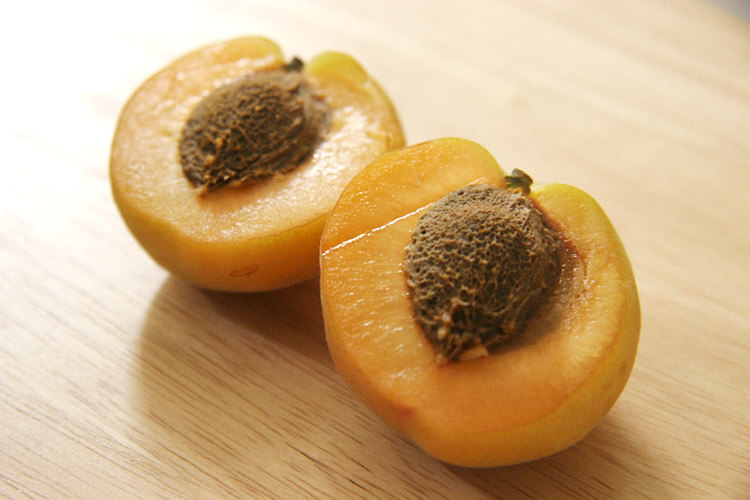
UMAIMONO AOMORI -
Citrus Unshiu is a semi-seedless and easy-peeling citrus species, also known as Miyagawa mandarin, unshu mikan, cold hardy mandarin, satsuma mandarin, satsuma orange, naartjie, and tangerine. Itrus unshiu was given that name in the late Edo period of Japan after Unshu (Wenzhou), a well-known mandarin orange-producing region in China. Because of its name, it is frequently believed to have originated in China; however, due to multiple genetic studies conducted in the 2010s, the theory that the maternal species of Citrus unshiu was Kishu (Citrus kinokuni) and the paternal species was Kunenbo (Citrus nobilis Lour. var. kunip) and that it was created in the Satsuma province in Japan became more credible.
One of the sweetest citrus kinds is citrus unshiu. It is around the same size as regular mandarin oranges and is typically seedless. In contrast to other citrus fruits, satsumas are recognized for their loose, leathery skin, which is quite simple to peel. The rind frequently has a medium to small flattened sphere form and is smooth to slightly rough. Satsumas typically have 10 to 12 segments with strong membranes that are simple to separate. Because of how sensitive the flesh is, it cannot survive the consequences of improper handling.
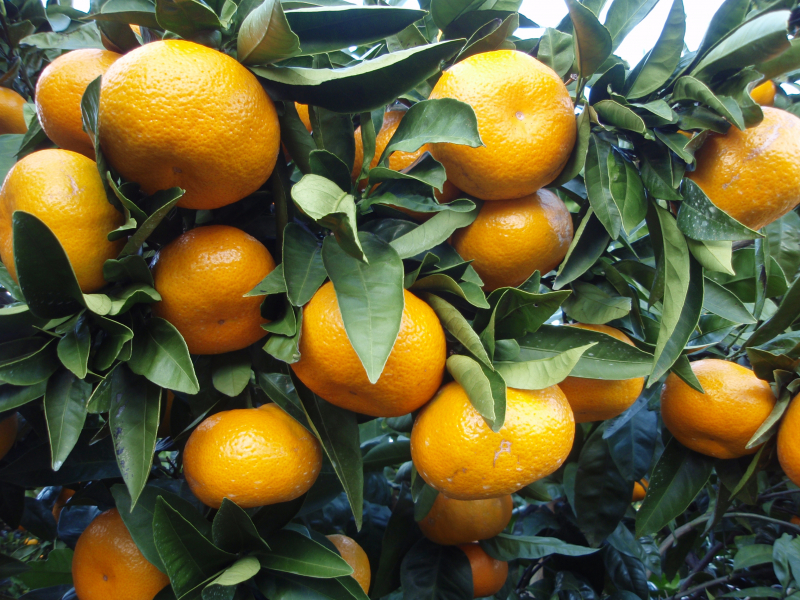
Wikipedia 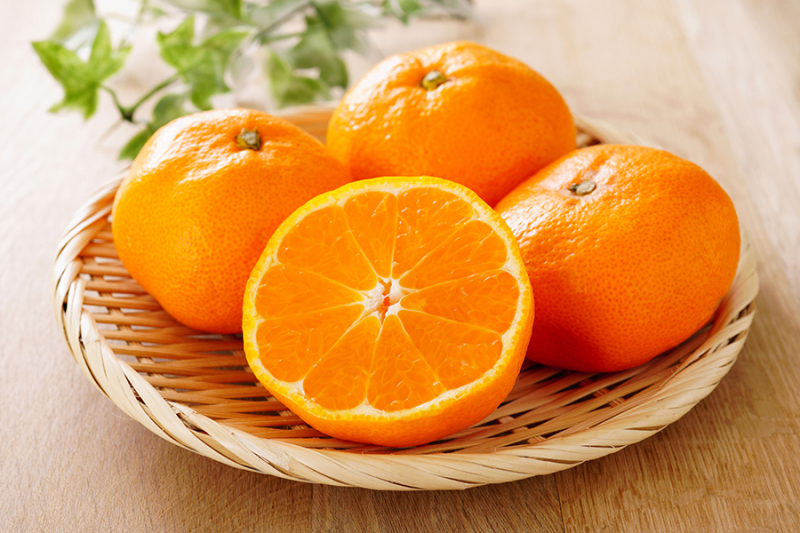
Web Japan -
Nashi is a refreshing Japanese sweet treat and is loved by many natives and tourists. Other names for Nashi include Japanese pear, Asian pear, and sand pear. This fruit is widespread throughout East Asia as well as in places like Nepal, India, Australia, and New Zealand. The Nashi flower is seen as a symbol of spring in Japan and other East Asian nations. It has green skin that is covered in countless little dots. It resembles well-known Western pears. There are some variances between them, though.
The flavor and size of a Japanese pear will be gentler. If you enjoy crisp pears, you should prefer Nashi because it has a crunchier texture than Western pears. The spherical shape of this fruit makes it easy to recognize this cultivar. Since it has been grown in Japan since prehistoric times, it is a fruit with a lengthy history. Pies and jams rarely contain them because of the high water content. Typically, Japanese people enjoy eating pear raw or adding it to sauces and savory foods.
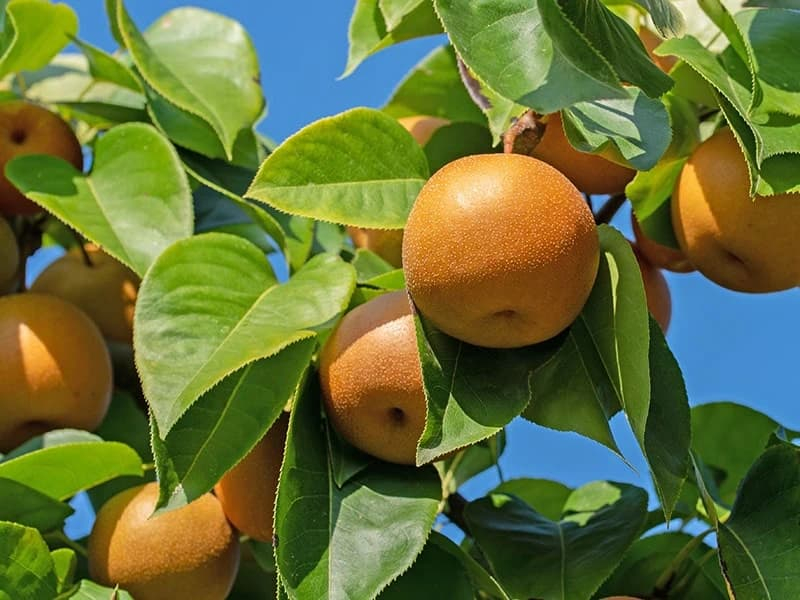
iStock 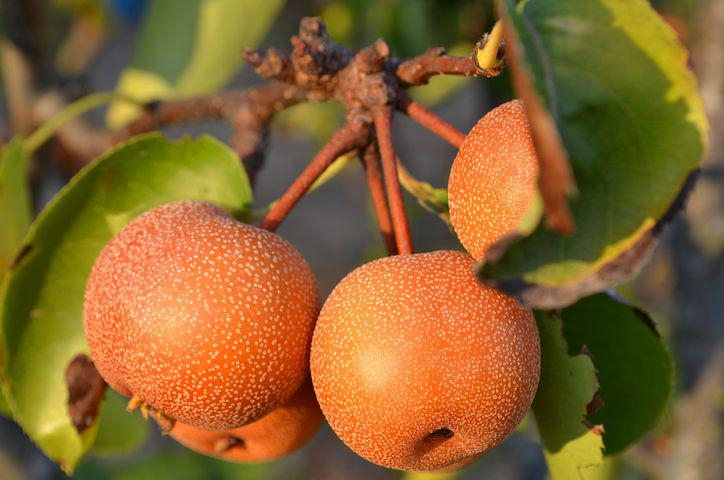
Pixabay -
It is not difficult to enjoy Japanese cherry (Sakuranbo) in Japan, Korea, China, and Russia. And the Satonishiki variety is one of the most common kinds which was brought to Japan from the West in the Meiji period. Sato Esuke was the first person who planted Japanese cherries in the 1900s. Satonishiki resembles regular cherries in terms of size and form. You will be astounded by the cherry's stunning vivid red hue.
The main source of Japanese cherries in this nation is Yamagata Prefecture. It is also a local specialty and a symbol of the area. Cherry consumption in its unprocessed state is the norm in Japan. Ice cream, cakes, and other treats are examples of how it is evident. This fruit is plenty of calories, protein, carbs, vitamin C, fiber, potassium, copper, and manganese. But you must take out the seed before eating Satonishiki.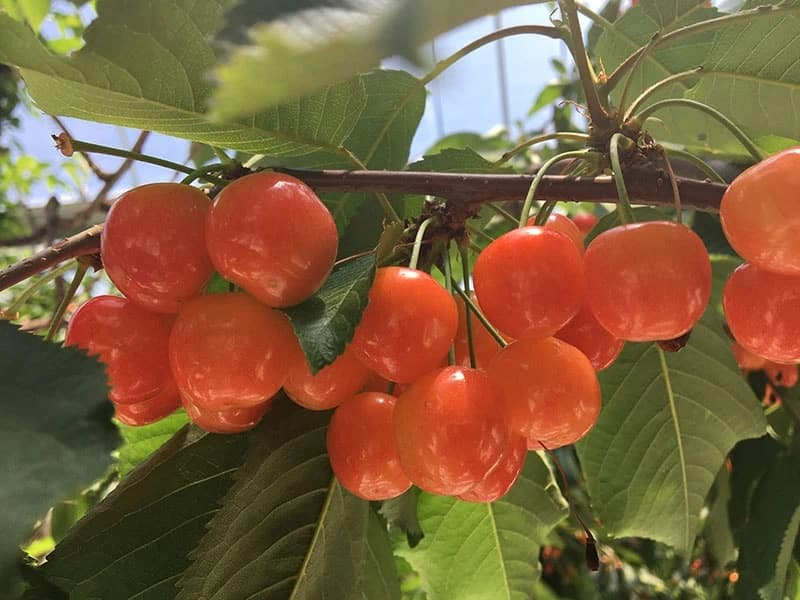
Oksfood 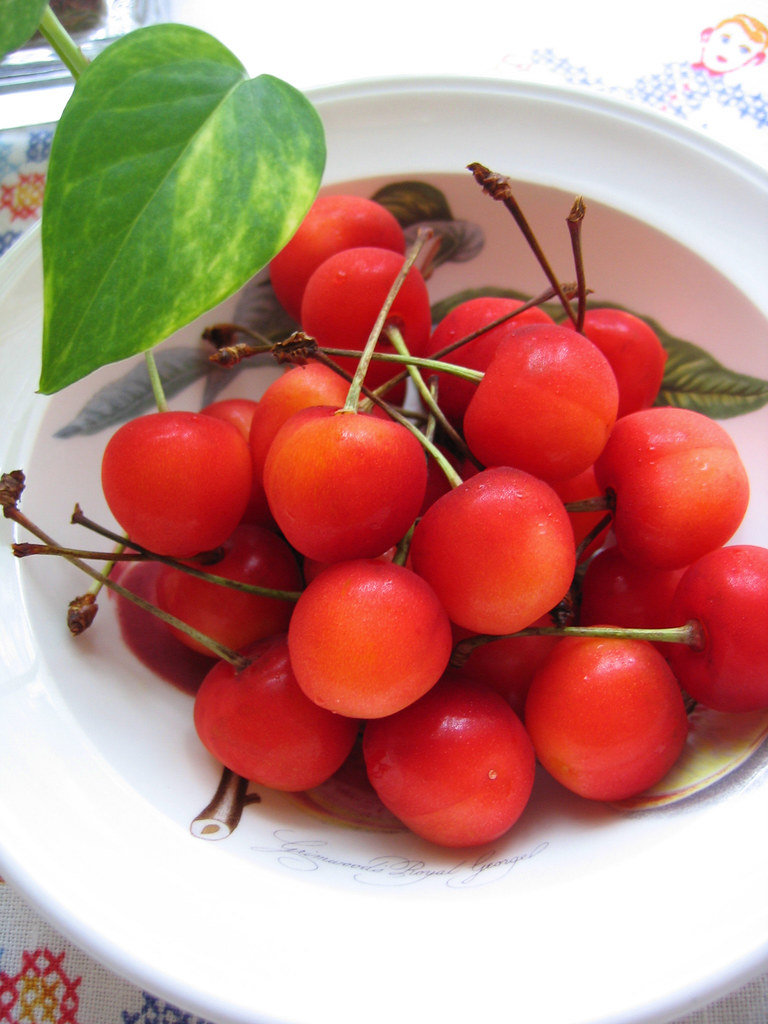
Flickr -
Melon is a luxury fruit in Japan. For instance, two Yubari King melons cost $20,000 to purchase (Cantaloupe). It is the priciest melon available in Japan. During the Buddhist festival, people frequently use this delectable fruit with a gray tint as a gift (Chugen). Greenhouses first became cultivated during the Taisho Period. One of the leading melon producers in Japan is Hokkaido. In Japan, there are several varieties of melon that are simple to consume. They come in a variety of sizes, hues, and tastes.
Japanese melons often have a spherical shape and a smooth peel. Depending on the various melon varieties, its flesh has a wide range of colors. The cantaloupe variety's flesh will be orange, whereas the meat of the muskmelons will be green. Furthermore, this fruit also comes in common varieties with yellow and white flesh. After every meal, the Japanese customarily eat raw melon. Additionally, it can be found in desserts and smoothies. This melon will either be sold whole or in slices.
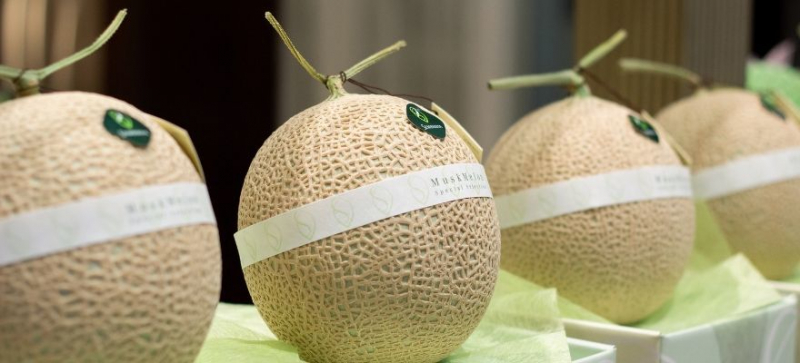
DiGJAPAN! 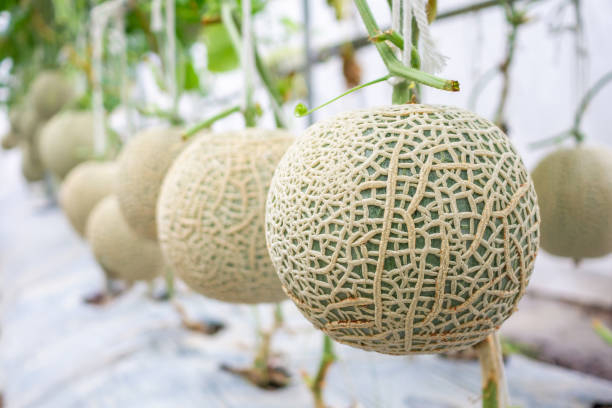
iStock -
Similar to Japanese strawberries, Japanese grapes - Budo, don't differ much from their Western counterparts, and consumers tend to favor the huge, sweet, eye-catching, and ultimately more expensive types. The key distinction is that Japanese grapes typically have relatively thick skins, which require peeling before consumption.
The dark purple, exceptionally large Kyoho grape is one of the most well-liked grape kinds in Japan. Typically consumed alone, grapes can also be used to make wines. In the late summer and early fall, grapes are in season. Around the Nara Period, grapes were first imported to Japan from China (710-784). In the late 1800s, a more recent influx of fresh cultivars came from the West. Japan's leading grape-growing and wine-producing region are the sunny Yamanashi Prefecture.
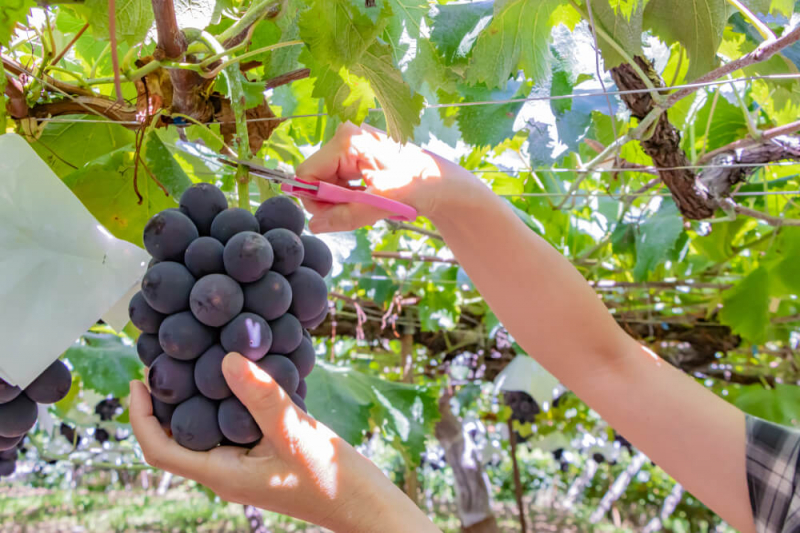
Arigato Japan Food Tours 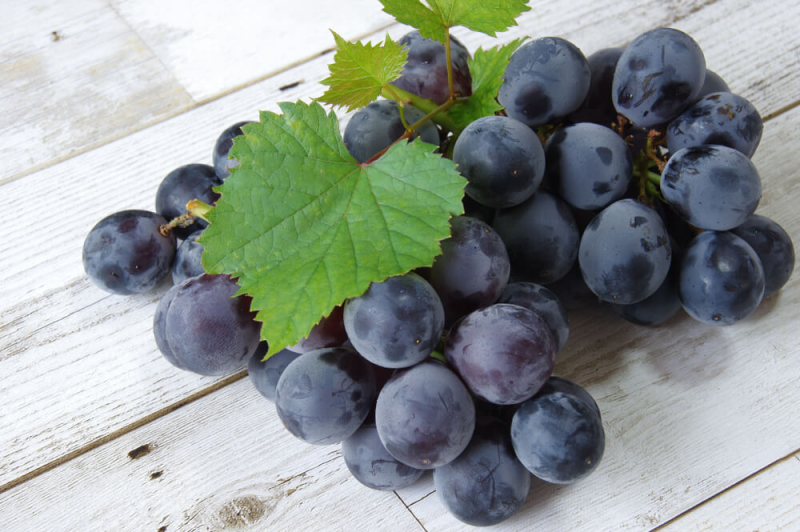
iStock -
Kiwi in Japan differ very little from the kiwi sold elsewhere in the world. The fruit has a thin, hairy, brown covering on the outside and juicy, sour, green flesh inside. Kiwi is typically consumed raw and without the skin. While imported kiwis are available all year long, domestic kiwis are only in season in the late winter and early spring.
Although the kiwi fruit originated in China, it was never widely farmed there; rather, it was taken to New Zealand and extensively produced there only in the 20th century. Kiwis were first brought to Japan in the 1960s, and they have since gained a lot of popularity. The tartness is the dominant flavor of Japanese kiwi. It is acceptable to consume fresh kiwi. Kiwi is a loved food of women to recover after giving birth.
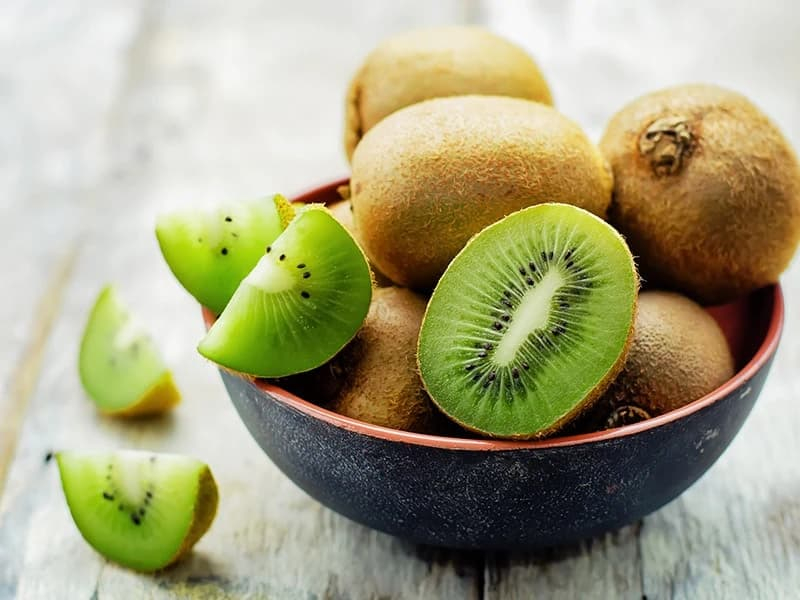
iStock 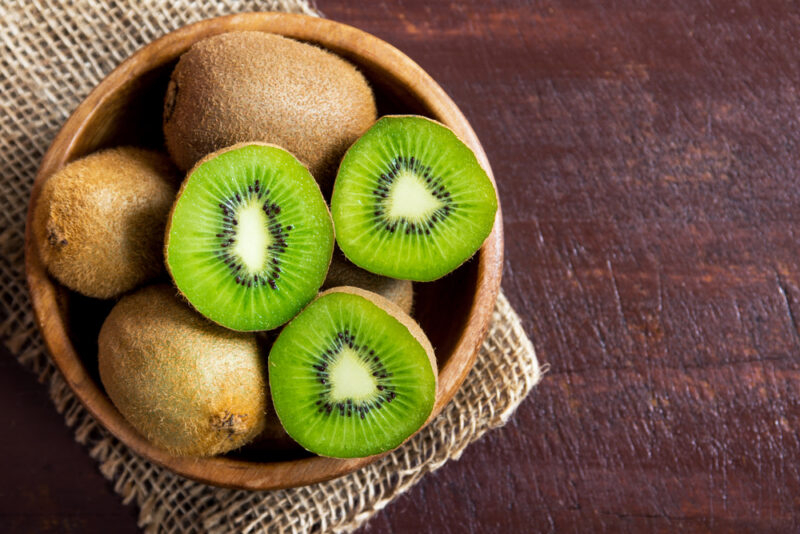
fromJapan













